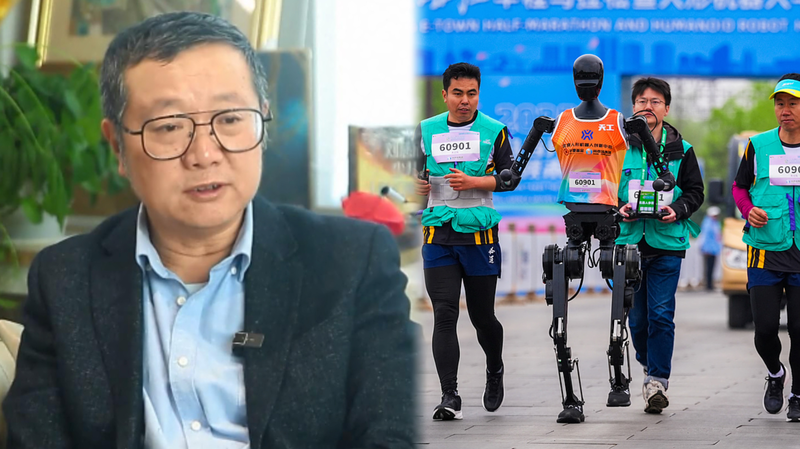Beijing saw a new kind of footrace on Saturday, as bipedal machines took on the world’s first humanoid robot half-marathon. Spanning more than 21 kilometers, each of these AI-powered athletes executed roughly 250,000 precise joint movements, marking a milestone in embodied robotics.
Liu Cixin, the Hugo Award-winning author of The Three-Body Problem, believes the marathon offers a glimpse into how humanoid robots might soon step out of labs and into our daily lives. “This race is a showcase,” he says. “It demonstrates stable, balanced movement in real‑world settings—much like the robots you saw performing Yangge dances at the Spring Festival Gala. Their physical form is also practical.”
Beyond spectacle, Liu points to enormous market potential for robots that can care for the elderly, assist patients, or handle household chores. “Once robots reach that level, the market will be enormous, and the impact on daily life will be profound,” he notes.
Yet Liu also issues a cautionary note: a future where robots become indistinguishable from humans in intelligence and appearance could trigger societal shifts hard to imagine—risks that even his science fiction barely captures. As these mechanical pioneers cross the half-marathon finish line, they’re really racing toward a future that could redefine what it means to be human.
Reference(s):
cgtn.com
